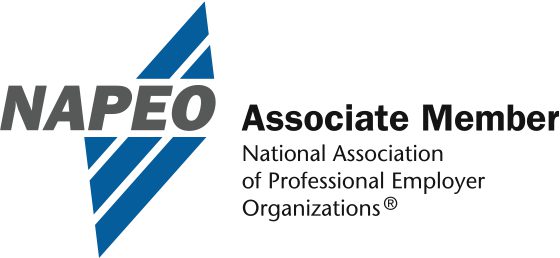Performance reviews often occur at the end of the year for many companies but should be considered more frequently and conducted at employee anniversary dates, too. A well-designed performance review process helps management understand employees’ contributions to the company, their growth, areas they excel, and areas for improvement over the next few months. A performance review should also include the employees’ input by allowing them to do the same by reviewing themselves.
Before starting a performance review process, it is crucial to understand how the reviews will be used, such as for bonuses, promotions, goal setting, improvement plans, etc. Also, employees and managers should know the performance review dates weeks in advance to prepare. Here are other things to consider in your performance review process so that it is impactful and meaningful to managers and employees:

1. Determine the cadence for performance reviews- Companies often have performance reviews once a year. However, it may be beneficial to conduct performance reviews more often. For example, review check-ins between one and four weeks can help managers better coach their employees toward their performance goals or correct a performance issue.
Consider using a performance review calendar to demonstrate how important it is to your company to provide employee feedback throughout the year. Having performance review dates scheduled each year can also help reduce any ‘surprises’ during the performance review, such as an employee not knowing about it or a manager not being prepared.

2. Create an easy performance review process- Performance reviews can be easy and not stressful when they clearly outline the employee’s successes and indicate areas for improvement. It’s essential to have a standard performance review form or document that is objective, factual, and includes specific examples when reviewing the employee’s performance. Lastly, your company’s policies should document employee interaction and feedback sessions throughout the year as they relate to the performance review and improvement plan.
3. Manager evaluations- Managers are responsible for providing the employee with the positives and negatives regarding the employee’s performance. They should also ask the employee for feedback throughout the review process to gauge their understanding of the review. Reviews should be objective and encourage employee growth while providing an actionable plan to improve performance or goals for working toward attaining a promotion.
Manager evaluations should also be encouraged, with the employee reviewing their manager. This process helps the manager understand how to better support employees and improve as a leader.
4. Employee self-evaluations- Self-evaluations are a way for employees to showcase their contributions and point out things their manager may have missed. Here are some tips for creating an employee self-evaluation process that employees can easily follow:
- Provide time- Give the employee time a few weeks ahead of their review and schedule it on their calendar. An hour or two should be sufficient for employees to draft their self-evaluation at work.
- Draft a list of accomplishments- Create a form the employee fills in that lists their achievements, challenges, and struggles.
- Create case studies- The employee picks two to three projects they worked on independently or as a team member that identifies the problem, their contribution, and the result achieved.
- Identify how managers can help- Perhaps the employee needs more feedback from their manager or additional training to become more successful in their role or advance in the company. Listing what they need tells management how better to serve the employee as they work toward their goals.
5. Celebrate performance review time- Plan unique employee recognition themes and events around performance review time to celebrate employees. Things such as a coffee, tea, and cocoa bar, baked potato topping bar, or special speakers on self-care, managing work and home life, etc., show all employees how much they mean to you. Plus, celebrating review time can help ease nerves for employees that feel they may have a sub-par review.

Last, make sure to schedule performance review weeks on the yearly company event calendar so that everyone knows what to do to prepare and when and where to attend their review.
Aspen HR’s white-glove HR service model can help your company create job descriptions for core positions, provide talent optimization tools, and performance management program design. Contact our team to learn more.







